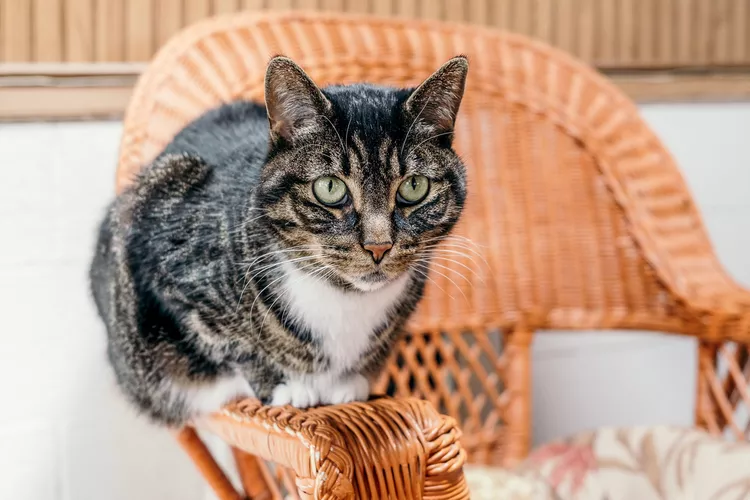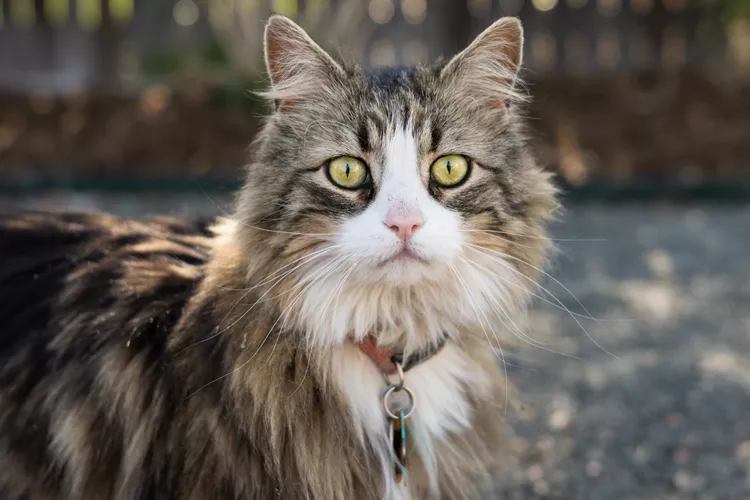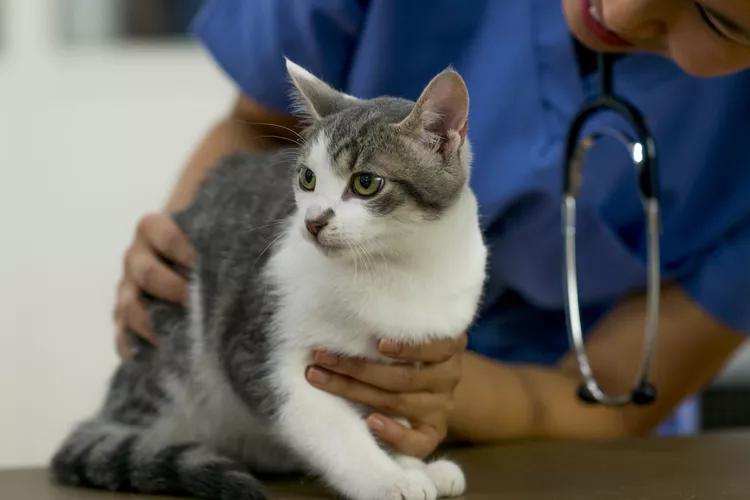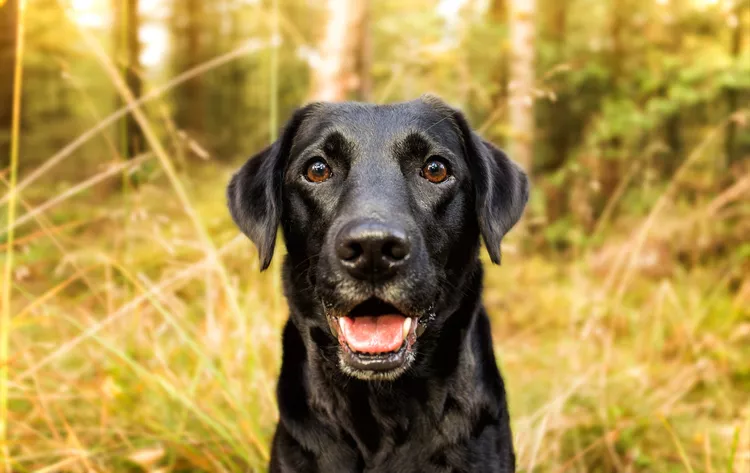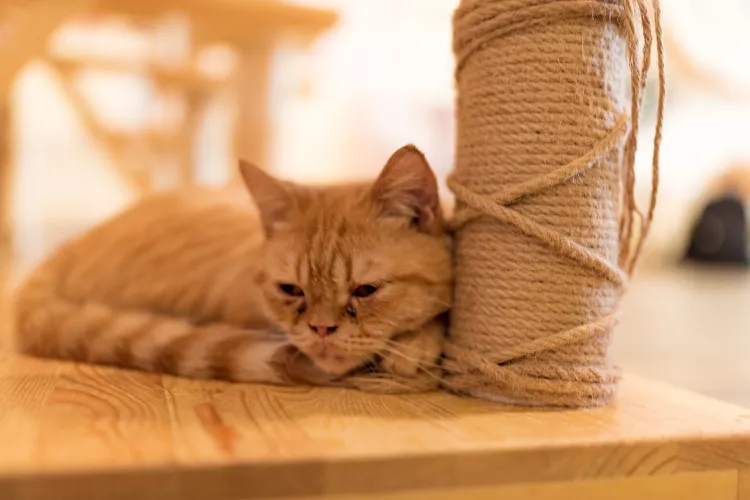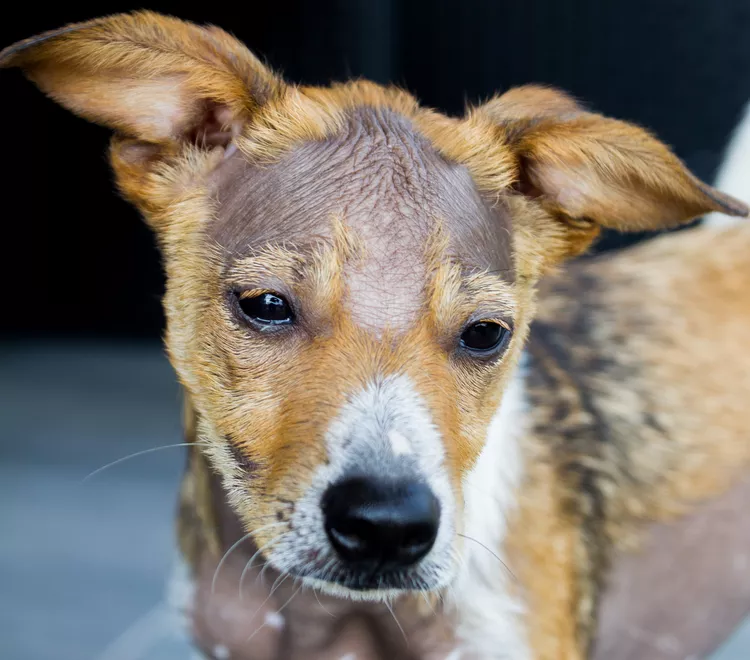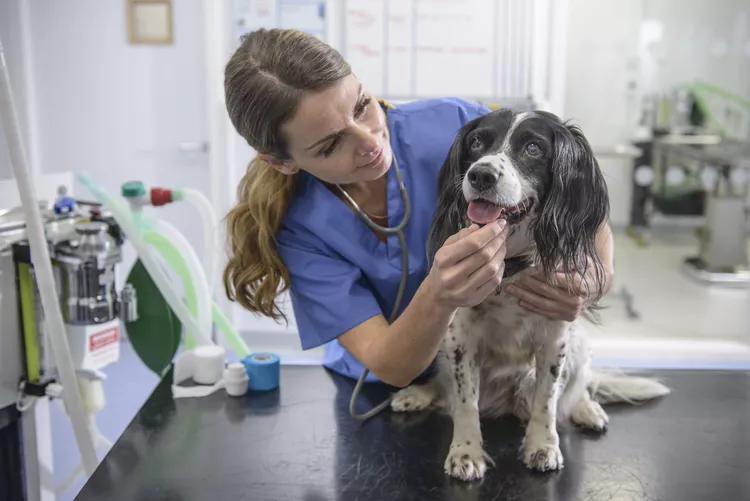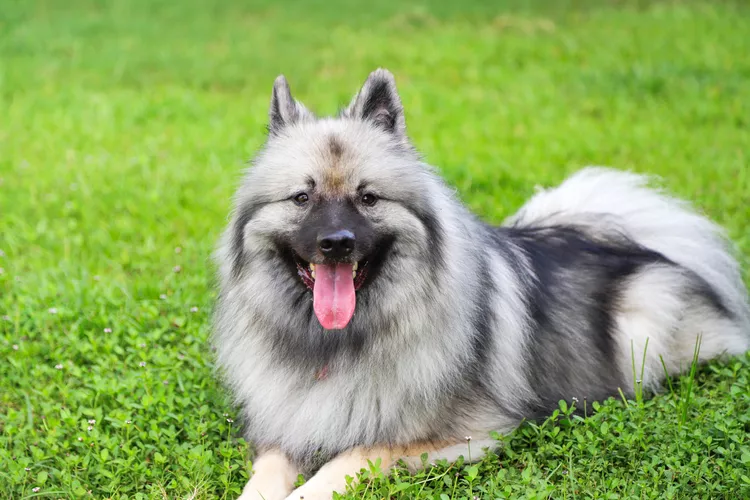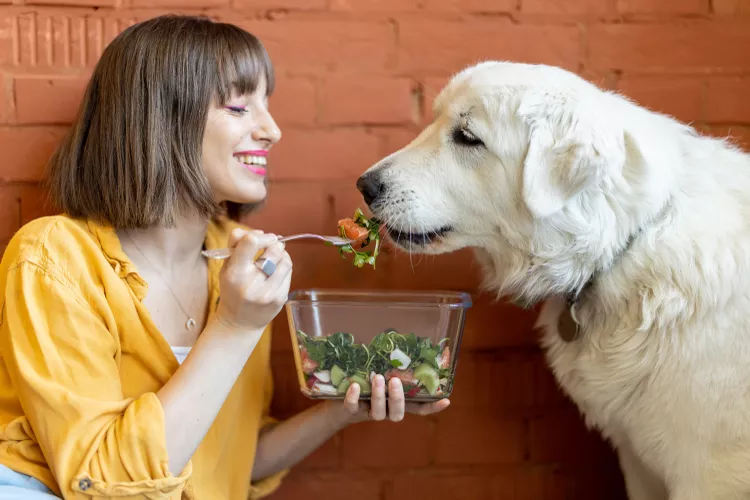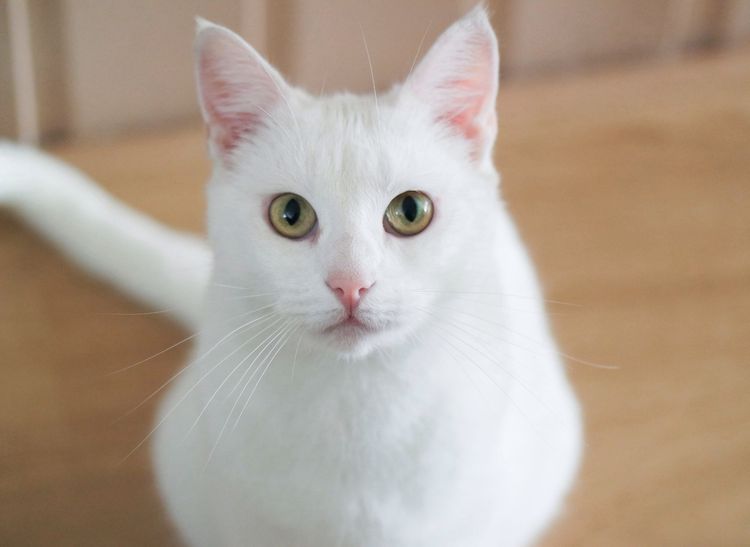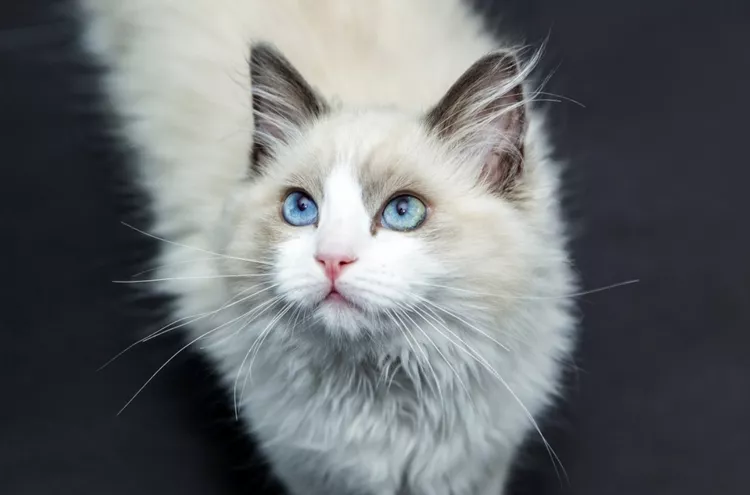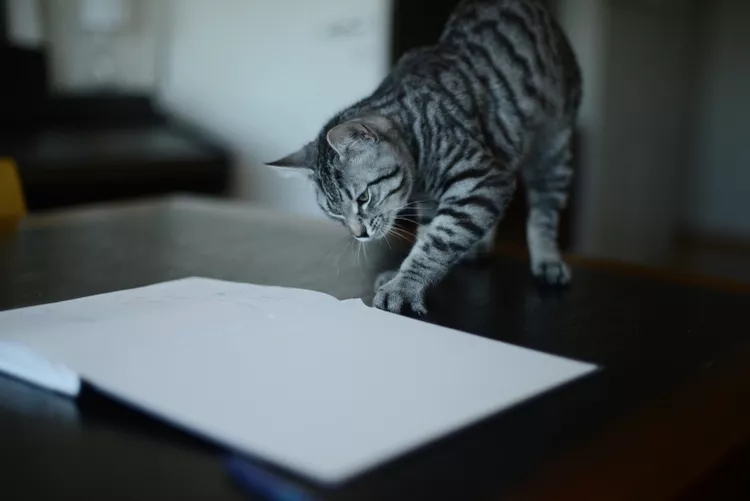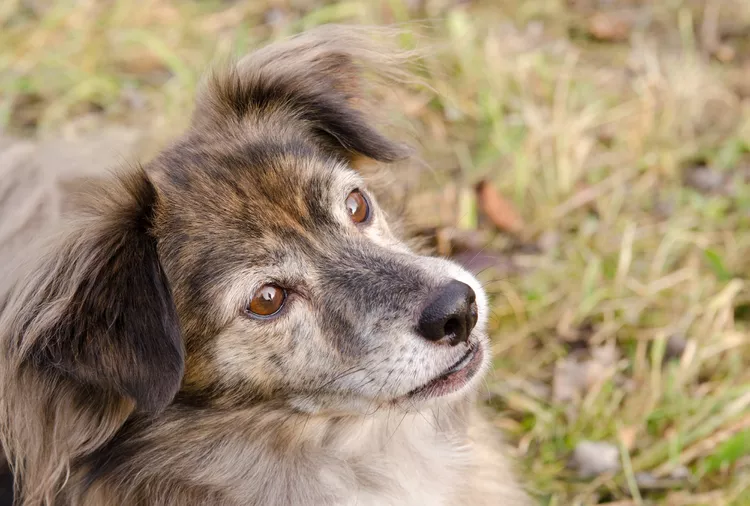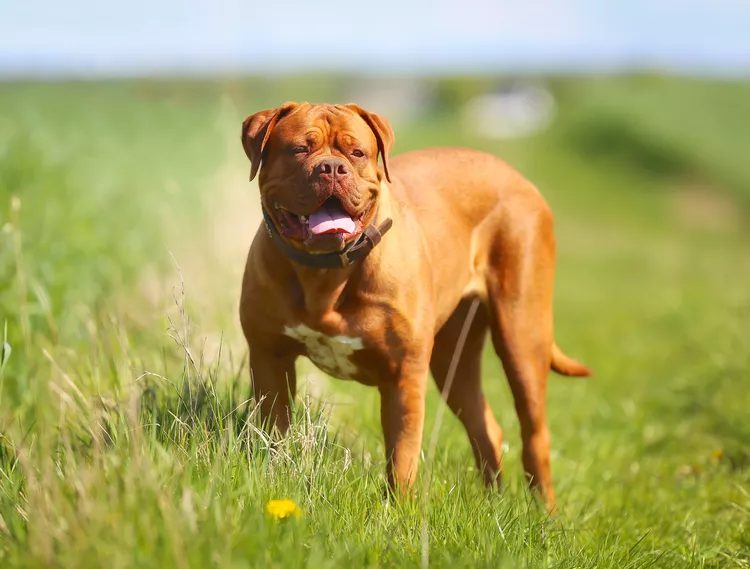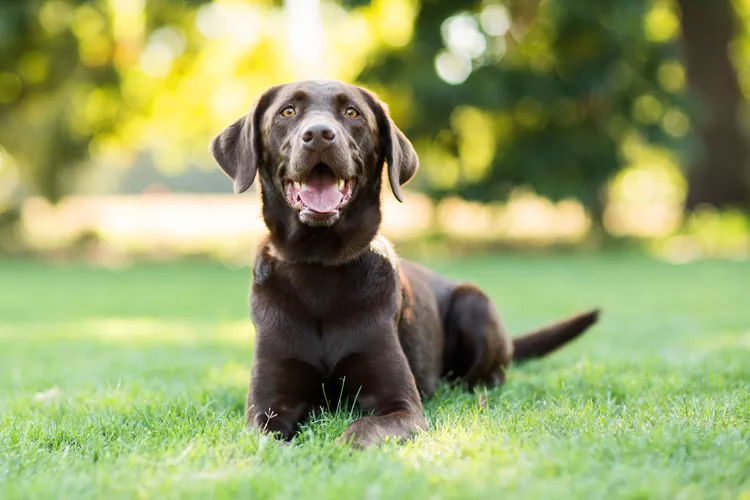- 01 of 07
Bengal Cat
Bengal cats, not to be confused with Bengal tigers, are a hybrid cat breed that has combined the Asian leopard cat with various domestic cats, especially the Egyptian mau. These cats are known for their wild-looking spots and marbling, but they also often like water and have very dog-like personalities. Hypertrophic cardiomyopathy, progressive retinal atrophy, and pyruvate kinase deficiency are three diseases that Bengal cats may be predisposed to developing.
Breed Overview
Height: 13 to 16 inches
Weight: 8 to 15 lbs.
Coat and Color: Short hair, wide variety of colors with spots, rosettes, or marbling
Life Expectancy: 9 to 15 years
- 02 of 07
Savannah Cat
Taller than the Bengal cat, Savannah cats are also spotted hybrid cats that are popular for their exotic markings. They are a cross between a serval and a domestic cat and are the largest type of recognized and registered pet cat breed. Some states and cities have laws against owning Savannah cats, especially earlier generations of them, but most recognize them as domesticated pets.
Breed Overview
Height: 14 to 17 inches
Weight: 7.5 to 24 lbs.
Coat and Color: Short hair, brown, silver, or black colors with spots
Life Expectancy: 12 to 20 years
- 03 of 07
Chausie
Chausies are a cross between jungle cats and domestic cats. They are playful cats that enjoy the company of other cats, dogs, and people and are very social. Chausies are built for running and jumping and also often resemble Abyssinian cats.
Breed Overview
Height: 14 to 18 inches
Weight: 8 to 16 lbs.
Coat and Color: Short hair, solid black, black grizzled tabby, and black/brown ticked tabby
Life Expectancy: 12 to 14 years
- 04 of 07
Serengeti
Unlike other hybrids, the Serengeti is a cross between two domesticated cat breeds: the Bengal cat and the Oriental shorthair. They have slimmer features than their Bengal cousins but maintain the exotic, spotted coat; the ultimate goal of this breed is to look like a serval without using wild cats to breed. They are very active and agile and maintain the vocal attributes of their Oriental shorthair ancestors.
Breed Overview
Height: 10 to 16 inches
Weight: 8 to 15 lbs.
Coat and Color: Short hair, variety of colors with spots
Life Expectancy: 8 to 12 years
Continue to 5 of 7 below - 05 of 07
Cheetoh
If you like spots, then you will love cheetoh cats. This newer hybrid cat breed was developed by crossing the Bengal cat with an ocicat in an attempt to create a gentle but wild-looking breed. This hybrid cat is large-bodied but is said to get along well with other pets as well as people. The cheetoh is not as common as the Bengal or Savannah but is growing in popularity due to its striking markings.
Breed Overview
Height: 12 to 18 inches
Weight: 12 to 25 lbs.
Coat and Color: Short hair, multiple colors with spots.
Life Expectancy: 10 to 15 years
- 06 of 07
Toyger
If you're after stripes without having a pet tiger, then a toyger may be what you're looking for. Developed by crossing a Bengal cat with a domestic tabby cat, this breed is friendly and highly trainable. Like many other purebred cats, toygers can be prone to developing heart disease but are very playful and make great house cats even though they are not as common as Bengals.
Breed Overview
Height: 9 to 13 inches
Weight: 7 to 15 lbs.
Coat and Color: Short hair, brown to orange with black stripes
Life Expectancy: 10 to 15 years
- 07 of 07
Pixiebob
Bred to look like a cross between a bobcat and a domestic cat, pixiebobs are highly social and active cats. Like bobcats, pixiebobs have a bobbed or shorter tail and ear tufts. They make chirping noises and usually have polydactyl toes.
Breed Overview
Height: 9 to 13 inches
Weight: 8 to 17 lbs.
Coat and Color: Often short-haired but can have long hair, brown, red, or rust color with spotting
Life Expectancy: 13 to 15 years
Many hybrid cat breeds are recognized as domesticated cats, but like other purebred cats, each breed is known for its own unique features. Researching any breed of cat before committing to caring for it is important for any cat owner, regardless of whether or not you are considering a hybrid.
-
Do hybrid cats make good pets?
Hybrid cats are often more challenging to own than domestic cats because they are crossed with wild cats. This increases the chance that they will be more difficult than a domestic cat.
-
Why are hybrid cats banned?
Hybrid cats are banned because they are more dangerous than domestic cats and can harm humans—especially children and the elderly.
-
What is the biggest hybrid cat?
The regal Savannah cat is the largest hybrid house cat; its average weight is 15 to 20 pounds.
